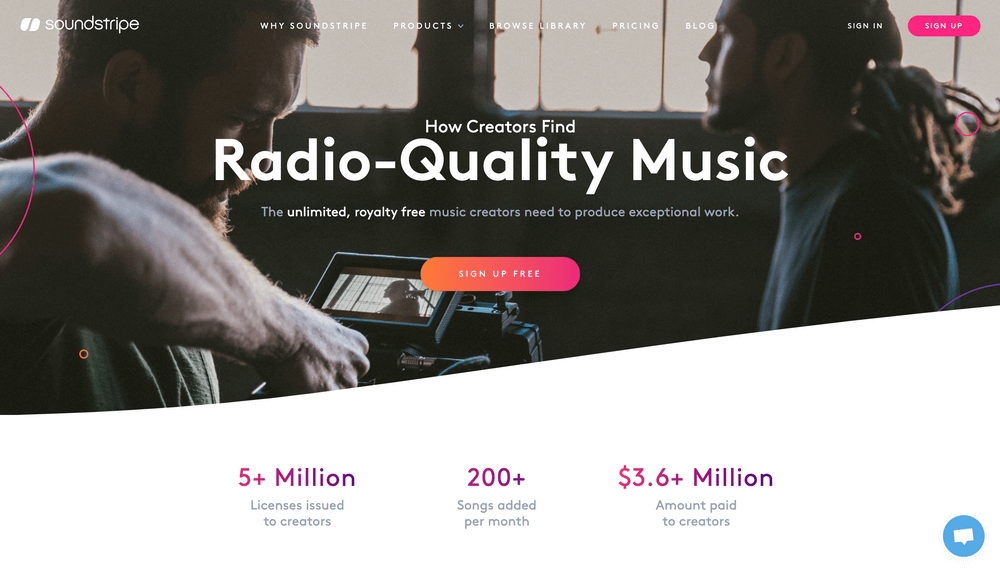Recognizing the Function of Responsive Design in Modern Web Site Advancement
In today's digital landscape, responsive style is no much longer a luxury yet a need in site advancement. The relevance of receptive layout expands past user experience-- it is also a vital aspect in search engine optimization and access.
Importance of Responsive Design
In today's digital landscape, the significance of responsive design in site development can not be overstated. As consumers increasingly count on a variety of devices-- varying from desktop to tablet computers and mobile phones-- guaranteeing a seamless user experience across all systems has actually come to be crucial. Receptive style enables sites to automatically adjust their format and capability based upon the screen size and alignment of the gadget being utilized. This adaptability boosts customer interaction and fulfillment by offering consistent accessibility to material without requiring hand-operated modifications such as zooming or scrolling.
Furthermore, receptive design is critical for seo (SEO) Browse engines like Google prioritize mobile-friendly web sites in their search results, suggesting that a responsive style can dramatically affect a website's exposure and ranking. This optimization not just improves the individual experience however additionally drives natural website traffic and raises the potential for conversion and income generation.
On top of that, responsive style uses organizations an affordable service by eliminating the demand for numerous versions of a web site. By improving web advancement processes and minimizing upkeep efforts, companies can allot sources extra successfully, ultimately bring about improved return on investment. Therefore, receptive layout is important in today's affordable electronic setting.
Key Aspects of Responsive Style
To properly apply receptive design, it is important to concentrate on a number of crucial components that make certain optimal functionality and user experience across varied tools. Among the basic parts is the flexible grid format, which permits developers to develop liquid grids that instantly readjust to various display sizes. This makes sure that material preserves proportionality and readability, despite the device being used.

Furthermore, touch-friendly navigating is important for receptive layout. Implementing easily tappable buttons and intuitive gesture controls enhances use on touchscreen gadgets. Prioritizing efficiency optimization is likewise critical, as it improves loading times and lowers bounce prices, particularly on mobile networks with variable speed.
Lastly, employing a mobile-first approach ensures that the layout is originally maximized for smaller displays prior to broadening to accommodate desktop computers. This method guarantees that essential performance and aesthetic appeals are protected across all systems, ultimately boosting the total individual experience.
Influence On User Interaction
Responsive layout dramatically influences customer involvement by enhancing accessibility and fulfillment throughout various devices. By guaranteeing that a website's layout adapts effortlessly to different display dimensions, receptive layout enables customers look what i found to gain access to content effortlessly, whether they are utilizing a mobile phone, desktop computer, or tablet computer . This adaptability lowers the requirement for unneeded zooming or scrolling, providing a more instinctive and positive browsing experience. Therefore, individuals are more probable to remain on the site much longer, check out extra pages, and interact with the web content, every one of which are vital indicators of enhanced engagement.
Moreover, responsive layout adds to much faster web page packing times, which is vital for retaining individual passion. Individuals are more likely to desert a site if it takes too long to load, especially on mobile gadgets. By enhancing performance for varied systems, responsive layout reduces loading hold-ups, maintaining individuals involved and lowering bounce prices.
Search Engine Optimization Benefits of Responsive Layout
While enhancing individual experience is a key objective, responsive style likewise plays a critical function in boosting a website's search engine optimization (SEO) Receptive layout makes certain that a site adapts to numerous display dimensions, eliminating the requirement for separate mobile and desktop versions.
Additionally, a natural link structure across devices streamlines the indexing process for search engines, enhancing crawl performance. This harmony in URLs strengthens a website's authority and integrity, bring about enhanced exposure in search engine result. In recap, receptive design is not merely a trend but a basic element of SEO approach, making sure web sites are both straightforward and online search engine compatible.
Implementing Responsive Design Approaches
In the realm of contemporary internet growth, executing responsive design strategies is akin to crafting a flexible canvas that readjusts seamlessly to different screen measurements. One more critical strategy includes utilizing media questions, which make it possible for developers to apply different designs based on the features of the tool, such as width, height, and resolution.
Receptive photos and media are likewise important elements. By using techniques like CSS media inquiries and the HTML 'photo' aspect, designers can offer properly sized pictures based on the customer's tool, maximizing lots times and boosting individual experience. Furthermore, the consolidation of fluid typography makes sure that message is readable and visually pleasing on any type of screen, achieved with scalable devices like 'rapid eye movement' and 'em'.

Verdict
Receptive style comprises a crucial element of modern web site development, substantially enhancing customer experience across a variety of devices. Eventually, executing receptive design methods ensures enhanced accessibility and functionality, providing sites extra user-centric and reliable.
To effectively carry out receptive design, it is necessary to focus on a number of vital elements that guarantee optimum functionality and individual experience throughout varied devices.Responsive style dramatically influences internet individual interaction by boosting accessibility and fulfillment throughout numerous devices. By guaranteeing that a web site's format adapts seamlessly to different screen sizes, responsive style permits customers to access material easily, whether they are utilizing a tablet, desktop, or mobile phone .While improving individual experience is a main goal, responsive style likewise plays a critical duty in boosting an visit this page internet site's search engine optimization (SEO)Responsive design constitutes an important aspect of modern internet site advancement, substantially improving individual experience across a range of tools.
Comments on “The Future of Digital Marketing: Embracing Modern Website Design Trends”